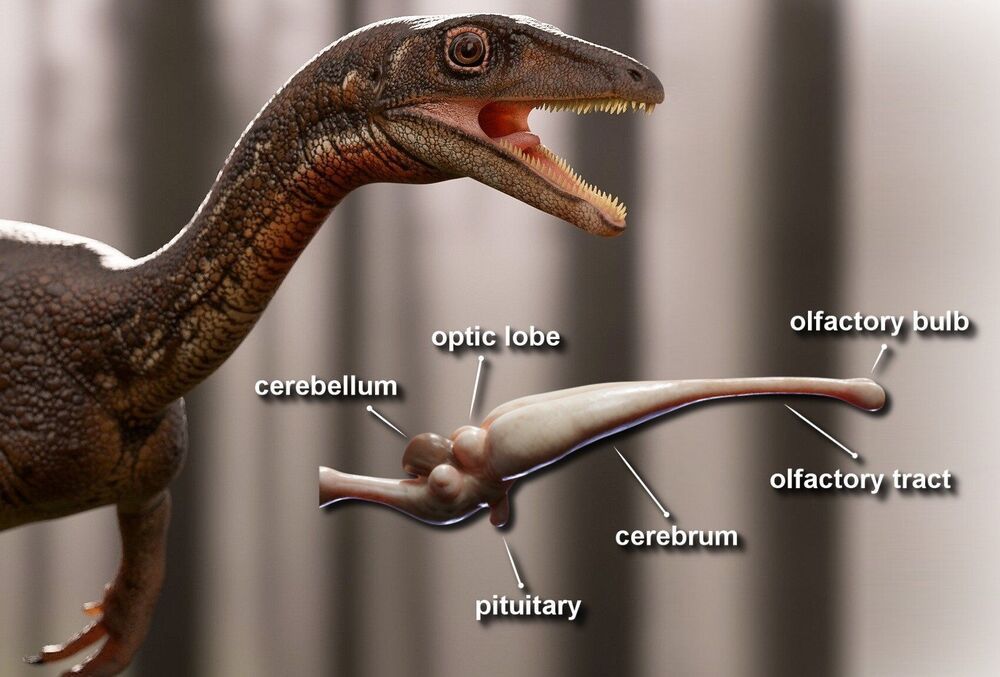The study of the brain of extinct organisms sheds lights on their behaviors. However, soft tissues, like the brain, are not usually preserved for long periods. Hence, researchers reconstruct the brains of dinosaurs by analyzing the cranial cavities under computed tomography. It demands well-preserved braincases, which is the region that envelops the brain tissues. To date, complete and well-preserved neurocrania from the oldest dinosaurs worldwide have not been found.
In 2015, a Brazilian paleontologist from the Universidade Federal de Santa Maria, Dr. Rodrigo Temp Müller, unearthed an exceptionally well-preserved skeleton from a fossiliferous locality in southern Brazil. The skeleton, approximately 233 million years old (Triassic period), belongs to a small carnivorous dinosaur named Buriolestes schultzi and the entire braincase was preserved. Now, Brazilian researchers have reconstructed the first complete brain of one of the oldest dinosaurs worldwide.
The study was published in Journal of Anatomy and performed by Rodrigo T. Müller, José D. Ferreira, Flávio A. Pretto, and Leonardo Kerber from the Universidade Federal de Santa Maria and Mario Bronzati from the Universidade de São Paulo.
